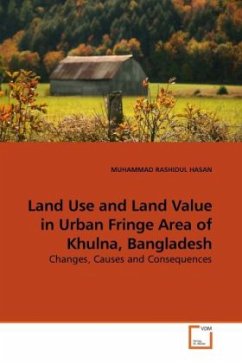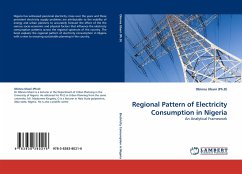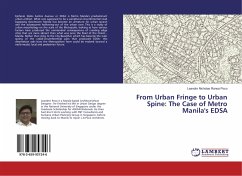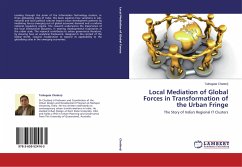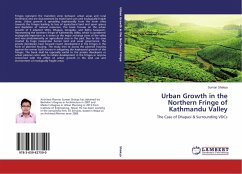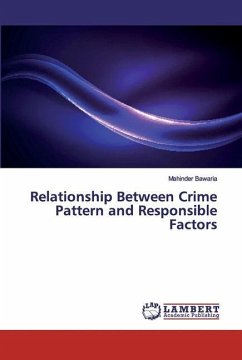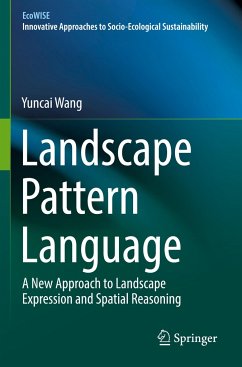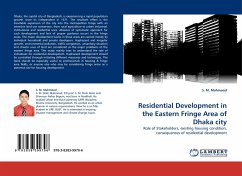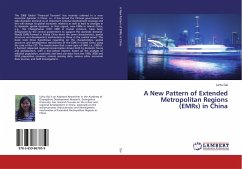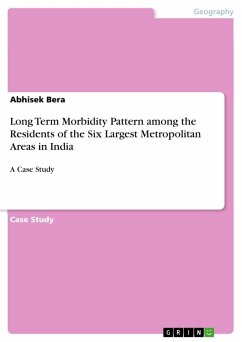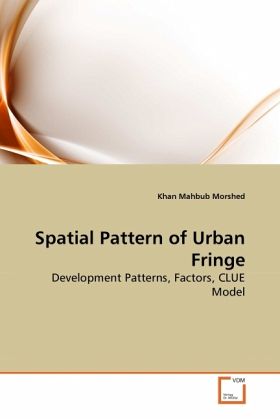
Spatial Pattern of Urban Fringe
Development Patterns, Factors, CLUE Model
Versandkostenfrei!
Versandfertig in 6-10 Tagen
39,99 €
inkl. MwSt.

PAYBACK Punkte
20 °P sammeln!
Urban fringe is the foreland in the process of "urban sprawl", especially in developing countries e.g. Bangladesh. The rapid land use changes in this transitional and semi-urban system often puzzled urban researchers. Recently, a spatially explicit model named CLUE (Conversion of Land Use and its Effects) is widely applied to explore the spatial and temporal dynamics of land use. It provides a useful tool to understand the complex and dynamic spatial pattern of urban fringe better. CLUE model is designed to obtain insights into the complexity of the land-use situation as well as to explore and...
Urban fringe is the foreland in the process of "urban sprawl", especially in developing countries e.g. Bangladesh. The rapid land use changes in this transitional and semi-urban system often puzzled urban researchers. Recently, a spatially explicit model named CLUE (Conversion of Land Use and its Effects) is widely applied to explore the spatial and temporal dynamics of land use. It provides a useful tool to understand the complex and dynamic spatial pattern of urban fringe better. CLUE model is designed to obtain insights into the complexity of the land-use situation as well as to explore and quantify near-future pathways of land-use development. The approach used in the CLUE modeling framework to allocate land-use changes attempts to account for the entire system of complex interactions between historic and present land use, socio-economic conditions and biophysical constraints. Interactions between land-use elements and the scale dependency of both the structure and function of the land-use pattern are explicitly addressed as well.



